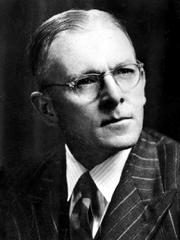To give a full account of Marry Shelley’s life would take a while. I had always only known her as “the author of Frankenstein,” and that was about it. While she is best known for this work, Mary Shelley was also a prolific writer, publishing several novels, letters, short stories, plays, and travel books, and she edited and published the works of her husband, Romantic philosopher and poet Percy Bysshe Shelley.
Mary Shelley’s biography page on Wikipedia reads like a soap opera. Here are a few interesting highlights:
- Mary’s father, William Godwin, was a liberal political philosopher, and her mother, Mary Wollstonecraft, was a philosopher and feminist. Mary Shelley was considered a political radical throughout her life.
- Mary met Percy Shelley when he became one of her father’s political followers, and she began a relationship with him while he was still married. She had a child with him, who was born prematurely and later died. Mary and Percy didn’t marry until after Percy’s wife committed suicide and they were told that a marriage would help their chances of getting custody of Percy’s children by his wife. They got married, but were still denied custody.
- In 1816, after spending the summer with Percy, Lord Byron and several others, Mary got the idea for Frankenstein. It started as a short story and then was expanded and published in 1818.
- Both Mary’s father and Percy Shelley had serious money problems and were constantly trying to avoid creditors and stay out of debtor’s prison.
- Mary had four children, but only the fourth survived.
- Percy and Mary had an “open marriage,” so Percy often pursued other women and is believed to have fathered several other children outside their marriage.
- In 1822, Percy Shelley died when his sailing boat sank in a storm off the coast of Italy.
- In her later years, Mary devoted herself to her surviving son, to preserving her husband’s work and to writing. She died at the age of 53 from what is believed to be a brain tumor.
Since she was so often surrounded by philosophers, poets and political thinkers, it’s no wonder that Shelley incorporated some strong philosophical and psychological themes into Frankenstein.
Do any of these events in Mary Shelley’s life surprise you? How do you think some of the events in her life may have influenced the writing of Frankenstein?


